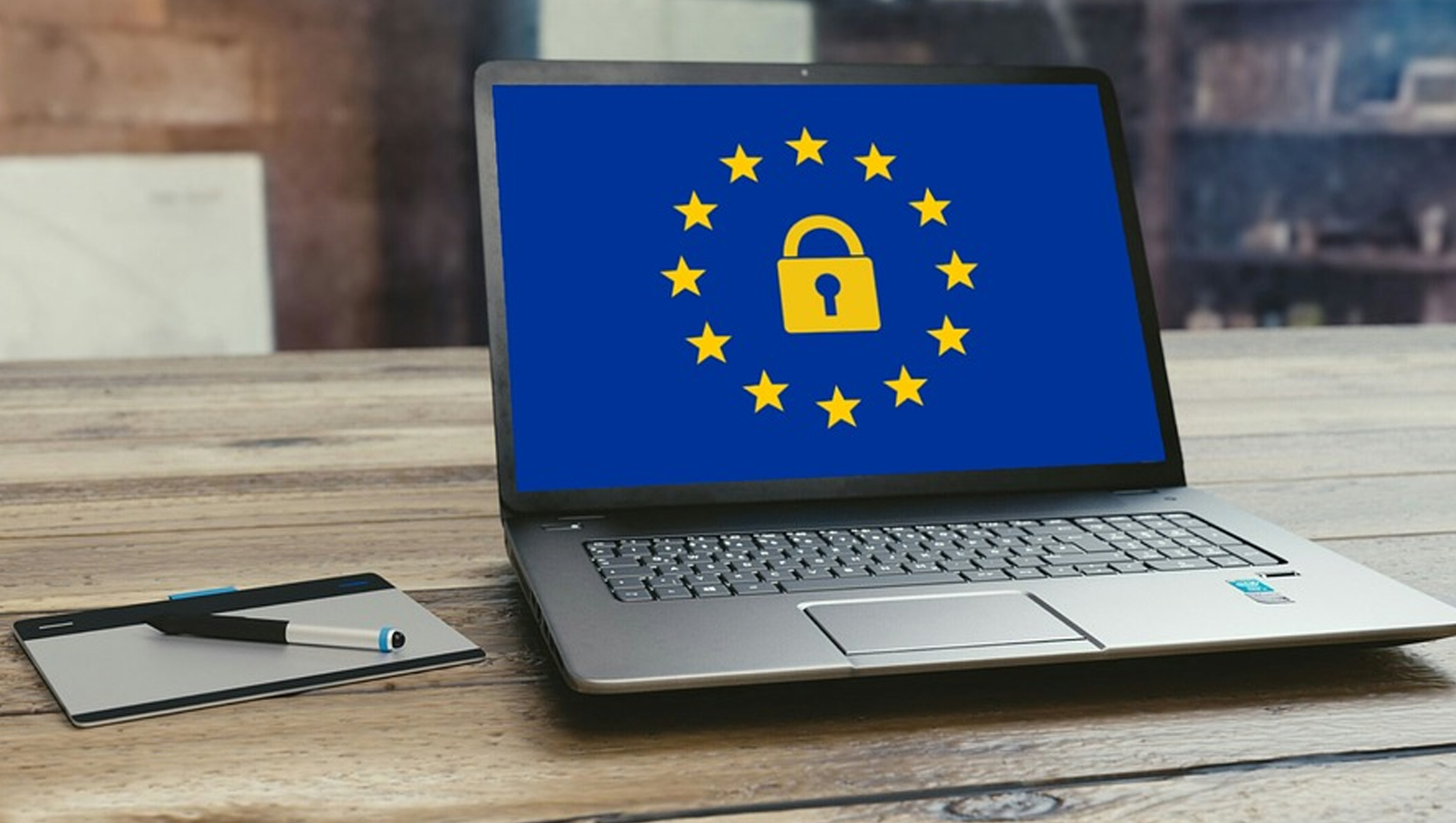![]() Ever wonder why you have to fill out those long forms to sign before joining in a potentially dangerous activity? Or the checkbox at the bottom of an end-user agreement before you can use a new piece of software, the numerous documents that are part of every major fiscal purchase.
Ever wonder why you have to fill out those long forms to sign before joining in a potentially dangerous activity? Or the checkbox at the bottom of an end-user agreement before you can use a new piece of software, the numerous documents that are part of every major fiscal purchase.
These grueling processes are developed by companies in response to a regulation, an issue or advice from a lawyer. Administrations are responding similarly to growing regulatory concerns such as GDPR, ePrivacy and CCPA. In hopes of adopting the new regulations quickly and efficiently, enterprises tend to focus on the “science” side of consent collection and while ignoring the “art” of consent collection. This is an important distinction because customer consent is the key that unlocks customer discussion and insights that drive a more significant exchange.
Read More: Business Process Management Helps Businesses Towards GDPR Compliance
What Is the ‘Science’ of Consent Collection?
The “science” aspect includes the technology, data and regulations surrounding such collection. These features are distinct, acknowledged across a company, monitored and can be freely reported both inside and outside the institution.
While there is nothing fundamentally wrong with viewing consent this way, by only approaching preference and consent management scientifically, companies are only “checking the box” — doing the bare minimum to achieve a passing grade. Just because a business implements technology doesn’t mean it fully addresses customer and business requirements or the intentional spirit of the laws. In fact, a science-only methodology thwarts organizations from benefiting from the best aspects of what consent management can essentially offer.
Companies in European countries are more developed in their view and further along on the timeline of allowing customers to specify consent. Administrations in these locales realize to get a superior take rate on collecting consent, they must combine preference with consent management to offer a valuable incentive. If there is no perceived worth to the individual providing consent, why would they willing provide it?
By complementing preferences to consent, businesses allow clients to be particular with the types of communications, the frequency and the medium that they receive these communications. This amplified specificity is a building block for trust between companies and customers, ultimately, creating and reinforcing a long-term relationship.
Read More: GDPR Should Be Hailed in an Industry Increasingly Moving Online
To accomplish the maximum return on investment for focusing on mandatory compliance requirements, organizations should accentuate on the ‘art’ of consent and preference management. In doing so, preference and consent management drives original adoption and results in the best long-term benefit.
Firms that approach consent with the ultimate goal of sanctioning customer conversations focus on utilizing implementations that drive more specific preferences across business units, applications, products, communication channels, and desired regularity. This long-term outlook leads to nourishing and profitable customer relationships. Dynamics such as timing, placement, and design drive adoption by both the company and by its customers.
Traits of Implementing Consent “Artfully”
- Consent Spot Collection: Rather than requesting consent through a singular checkbox or a long wide-ranging form, consent is spread attentively through the customer journey. Consent and preferences are collected from the customer at points that are meaningful such as registration, looking for new products, etc. Taking account of these instances increases the prospect the customer will not only understand what they are agreeing to but also increase their willingness to provide consent.
- Capability to Opt Down: Once consent is collected, institutions that think of consent in broader terms provide well-designed and personalized forms that allow customers to reduce the communications they are currently receiving. These forms should be easily manageable from any customer touch point. A refined opt-down method is a step toward turning a would be total opt-out into a more useful and individual opt-in.
- Hands-on Suggestion: According to customer behavior, lack of commitment with outbound communications or customer-driven actions, companies may offer options to current modes, frequency and types of communications. This prediction of a potential change in consent increases the possibility of maintaining some level of consent for continued communications.
Privacy technology must be contemplated with industry-specific and problem-specific best practices — for example, a financial services company needs the capability to collect consent across multiple channels such as in-person interaction while an e-commerce-only company does not. A general approach will fail and negatively impact a company’s consent collection proposals.
The most accurate way to combine the science with the art of consent and preference management is to review and assess implementations based on real world use cases. Spending time on competitive websites, follow the “unsubscribe” link in emails and studying customer engagement are some of the best practices. Merging this research with accepting why your customers provide consent in the first place and how they benefit from doing so over their relationship with your company is the foundation for a beneficial approach.
Regardless of your organizations approach to addressing consent, download The Forrester New WaveTM: GDPR And Privacy Management Software, Q4 2018 report. This report provides insight into vendors that are equipped to solve your organization’s unique consent challenges across the spectrum of science to art.
Read More: The MarTech Fitness Drill 2019: How Much Do You Sweat With Your Marketing Technology











